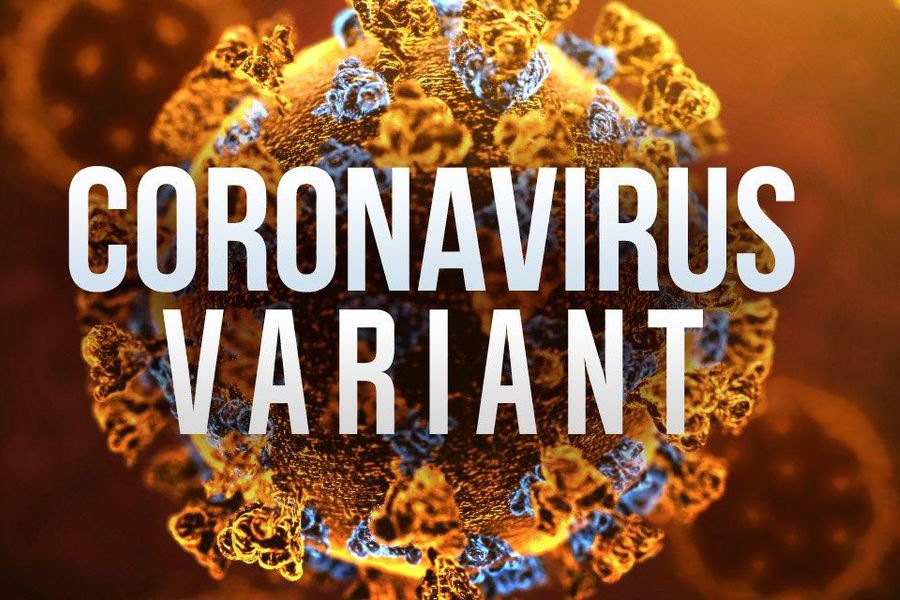
Omicron variant: what you need to know, new scientific studies
The new variant Omicron, first identified in South Africa at the end of November, has quickly spread around the world
Several scientific studies, published in recent weeks, are beginning to clarify some of the characteristics of the new variant, which is more contagious, but also, on average, less dangerous for those infected.
We must not, however, lower our guard: precisely because it is so easily transmitted, its rapid spread could still put hospitals in difficulty, and vaccines remain our best weapon to prevent this from happening.
How widespread Omicron is in Italy and Europe
Just one month after its first sequencing, Omicron was already the dominant variant in many countries around the world, including parts of Europe.
The World Health Organisation (WHO) has stated that more than half of the European population could be infected with the new variant in the next two months.
According to Hans Kluge, WHO’s Director for Europe, the variant has already been reported in 50 out of 53 countries, and more than 7 million new cases were registered in the first week of 2022.
Characteristics of the Omicron variant: new scientific studies
Omicron manifested itself as a more diffuse virus, but one that mainly affects the upper airways, such as the nose and pharynx, while partially sparing the bronchi and lungs, where the most serious diseases are generated.
Numerous research groups around the world have thus begun to investigate in the laboratory, through in vitro and in vivo studies, the different characteristics of Omicron compared to earlier variants, such as Delta.
What emerges is Omicron’s difficulty in replicating efficiently in lung tissue: according to an international team coordinated by the Cambridge Institute for Therapeutic Immunology and Infectious Diseases, the reason may lie in its less effective interaction with the TMPRSS2 protein, which is present on the surface of many lung cells and helps the virus evade their defences.
This hypothesis is also supported by other studies, as stated in a recent article in Nature, including the analysis of the University of Glasgow, in Scotland.
However, it should be noted that these studies are currently deposited in the preprint repository and have not yet been subjected to peer review.
The TMPRSS2 protein would not be present in nose and throat cells, which could explain why Omicron behaves better in the upper airways, where it has a high viral load.
Omicron variant: hypotheses on possible virus evolution
It is a natural mechanism for all viruses to carry with them copying ‘errors’ in their genetic code.
Over time, even a very short time, mutations accumulate that give rise to variants of the original virus.
Only some of them, however, are dangerous for us: Omicron is certainly dangerous because it is more transmissible.
Because of this, the new variant that emerged in South Africa quickly became predominant in many countries in Europe and the United States, overtaking the Delta variant.
If new high-spreading variants do not regain the ability to efficiently infect bronchi and lungs, SARS-Cov-2 could progressively turn into a high-spreading virus that does not generate a major pathology.
But these are only hypotheses: we need more clinical data and further scientific studies to understand what might happen.
The impact of the Omicron variant on hospitals
Apart from the pre-clinical studies mentioned above, understanding what is really happening in the real world is very difficult.
The Omicron variant is spreading in a context where most people already have immunity from SARS-Cov-2, either through vaccination or previous encounters with the virus, sometimes both.
In addition, the age groups most affected by this new wave are lower than in previous waves.
For all these reasons, it is difficult to determine with certainty whether Omicron actually causes a milder disease than previous ones, or whether it is the profile of the newly infected (already immunised and so far quite young) that makes the difference.
According to the epidemiological data gathered so far, the situation seems to be heading in a positive direction.
In Canada, doctors and researchers compared the course of Delta and Omicron infection (and related hospitalisations) in a group of more than 6,000 people. They found that Omicron infection resulted in fewer hospitalisations.
The importance of vaccines to protect yourself
The third dose is needed. The latest data show that people who have received the booster dose are more protected than those who have completed the primary vaccination cycle, and even more so than those who are not fully vaccinated.
Omicron hit hardest where vaccination rates were lowest.
Keeping vaccination rates high and taking all necessary precautions is necessary to minimise virus circulation.
Even if the percentage of patients with severe forms is less, if the number of cases is sufficiently higher than in the other waves, the pressure on hospitals may become significant.
Read Also:
Emergency Live Even More…Live: Download The New Free App Of Your Newspaper For IOS And Android
Omicron Variant: What Is It And What Are The Symptoms Of The Infection?
Kluge (WHO Europe): ‘No One Can Escape Covid, Italy Close To Omicron Peak’
Covid, Deltacron Variant Identified In Cyprus: Combines Delta And Omicron
What Heart And Stroke Patients Need To Know About COVID-19 In 2022
Psychiatrist: ‘With Covid, The Threat Of Hypochondria Looms Large. Nobody Feels Safe”


